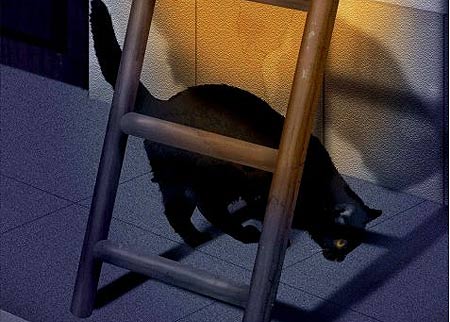A recent invention, the Bop was created by Afaa Michael Weaver during a summer retreat of the African American poetry organization, Cave Canem. Not unlike the Shakespearean sonnet in trajectory, the Bop is a form of poetic argument consisting of three stanzas, each stanza followed by a repeated line, or refrain, and each undertaking a different purpose in the overall argument of the poem.
The first stanza (six lines long) states the problem, and the second stanza (eight lines long) explores or expands upon the problem. If there is a resolution to the problem, the third stanza (six lines long) finds it. If a substantive resolution cannot be made, then this final stanza documents the attempt and failure to succeed.
Although it is a young form, the Bop already exists in variations. In addition to the three-stanza Bop, some have added a six-line fourth stanza, still ending on the refrain. A good example of how a Bop introduces the crisis at hand, is a poem by Lyrae Van Clief-Stefanon, whose first book, Black Swan, features three Bop poems. One of them, called “Bop: Haunting,” begins:
“In the evening she comes, her same unsatisfied self,
with the hard, smug look of salvation. Mama,
stop bothering me. When we argue, she says
what you’re saying is not scriptural.
You need to get back in your Bible.
In one dream, I slap her. I’m tired of her mouth.
I hate to see the evening Sun go down”
In this case, the refrain “I hate to see the evening / Sun go down” appears at the end of the subsequent two stanzas, suggesting the mournful, blue tone of the speaker who, at the end, seems not to have found the solution to her “conjuring” woes.
Here are the basic rules:
- 3 stanzas
- Each stanza is followed by a refrain
- First stanza is 6 lines long and presents a problem
- Second stanza is 8 lines long and explores or expands the problem
- Third stanza is 6 lines long and either presents a solution or documents the failed attempt to resolve the problem
“Wasted opportunities”
I watch a black cat descend from the moon
on a ladder made of broken mirrors
and spilled salt. At first, I’m shocked that no one
notices, but then, no one notices
anything anymore, or at least, that
is what the experts say and why argue.
Every bad sign is a chance to forgive our neighbors.
Why argue with experts, because they don’t
notice the black cat or the ladder. They’re
busy sharing their expertise with those
people who don’t notice anything (not
anymore), because sometimes it takes sledge
hammers to drive home nails of reason. Cats
and ladders and moons and mirrors, they fall
as the people don’t notice and explain
every bad sign is a chance to forgive our neighbors.
Thinking I’m in this alone, I decide
the only thing I can do is ignore
the cat descending from the moon on its
ladder made of broken mirrors. Then I
wonder if that’s what everyone else
is doing–pretending to not notice

